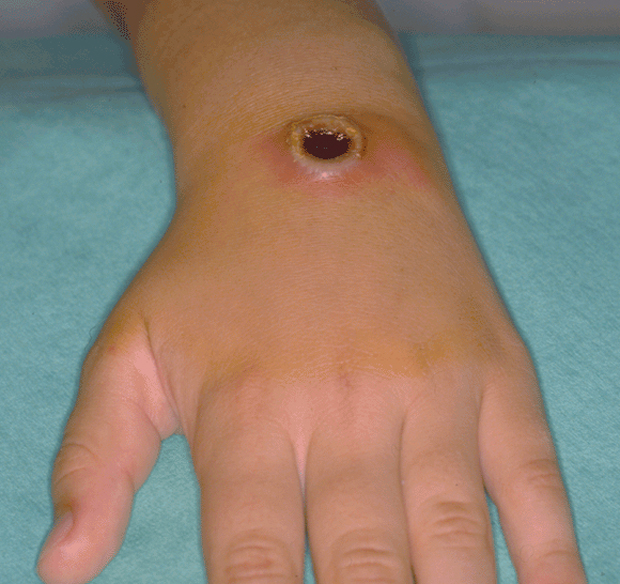Options vary for acute pain management
This issue covers guidelines on chronic pain, the utility of the bedside exam, and a new shingles vaccination.
There is no shortage of guidelines on management of chronic pain, especially given the nation's opioid crisis, but acute pain can be more of a gray area. Guidance is scarce, and physicians aiming to help patients with pain from a fracture, for example, may wonder about the best course of action. Opioid alternatives, such as NSAIDs and acetaminophen, can be effective, while short-term opioids can also be helpful as long as their known risks are managed. Our story offers more advice on this topic.
The bedside exam has long been considered the backbone of internal medicine. But changes in health care over the years, including heavier reliance on technology and ever-increasing time pressures, often seem to have relegated physical examination and the skills needed to perform it to the background. That needs to be corrected for many reasons, said experts interviewed by staff writer Mollie Durkin. The physical exam in some cases can perform better than expensive diagnostic tests, for example, and it can also increase the bond between patient and physician. Read our story for more on how physicians are working to bring medicine back to the bedside.
In December, the Advisory Committee on Immunization Practices recommended the recently approved herpes zoster subunit vaccine for use in immunocompetent adults who are at least 50 years of age. This recommendation was published in the Jan. 26 Morbidity and Mortality Weekly Report, and experts in infectious disease expect it to change practice. Our story discusses the reasons behind the new vaccine's approval, the differences between the two available vaccines, and why patient education regarding the new vaccine will be necessary. Also on the subject of vaccines, a Success Story discusses how one primary care clinic in Florida improved its rates of influenza and pneumococcal vaccination over a three-month intervention period.
Acute pancreatitis is mild in most cases, but when it's not, it's life-threatening. Unfortunately, it can be difficult to distinguish one type from the other. A feature story sheds some light on the question, discussing the pros and cons of scoring systems in determining which patients are vulnerable, as well as the best way to manage care once a high-risk case is identified. Also in this issue, a geriatrics expert explains in a Q&A why he believes “urinary tract infection” is a widely overused diagnosis.
How do you manage acute pain in your practice? Do you use, and teach, the bedside exam as much as you used to? Let us know.
Sincerely,
Jennifer Kearney-Strouse
Executive Editor, ACP Internist





